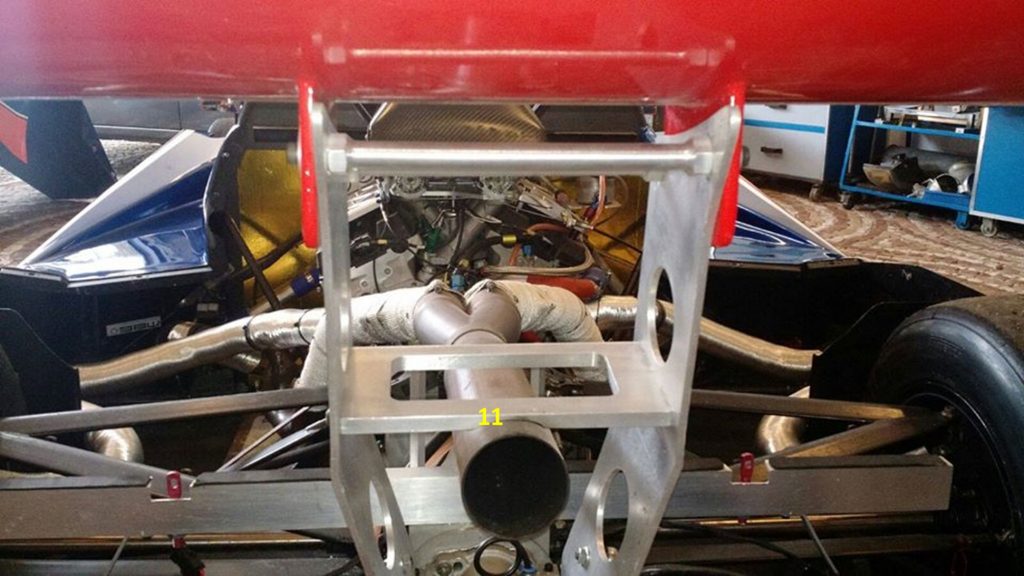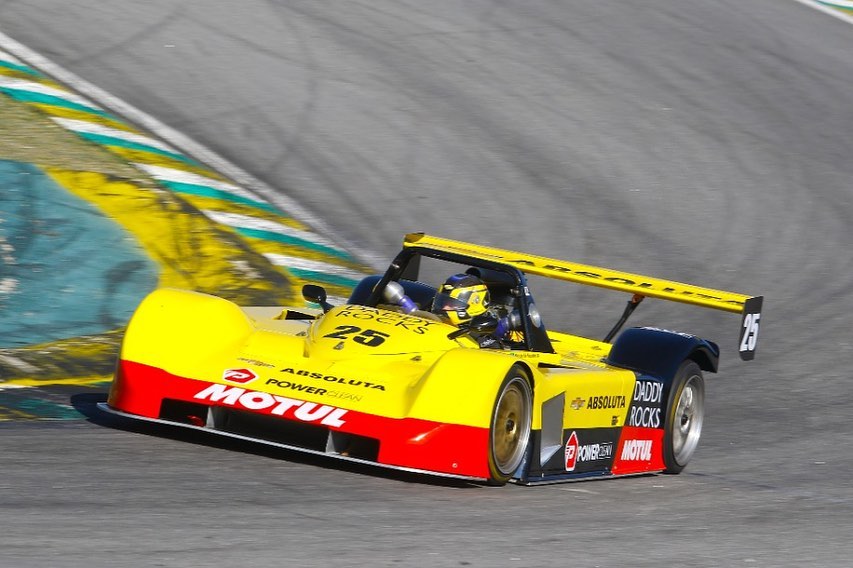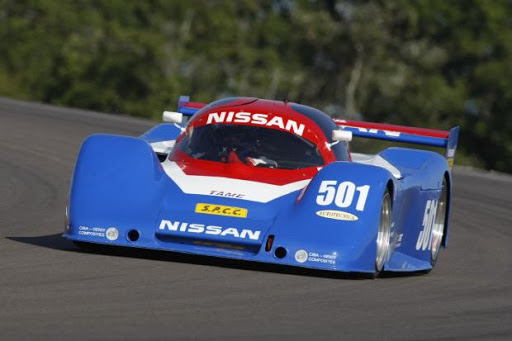Today our time machine brings you the Avant-Chevrolet prototype, another beautiful Brazilian project that has yet to make its debut on the tracks.
The man behind the Avant project is entrepreuner and pilot Urubatan Helou, who is also responsible for the prototype Alfran 450A (today Absoluta ABS01). After Alfran’s death, Helou ended up moving away from motorsport, returning only in 2014 when he competed in a round of the Campeonato Paulista de Automobilismo with his old Aldee Spyder 2-liter prototype, winning one of the heats.

The good performance light once againg the “motorsport fire” in Helou’s soul, which soon commissioned a new car to engineer Ítalo Carrareto, this time a prototype fitted with a 370 HP Chevy V6 engine (but able to reach 400 depending on engine map) and a Hewland FTR 6-speed sequential transaxle. As was common in many Brazilian prototypes of that time, the car uses lots of bits from F3 cars such as the suspension (Dallara F301 at the front and F310 at the rear), in addition to Brembo brakes. With carbon fiber bodywork, the car weighs about 700 kg, a figure that could be even lower since the body alone ended up weighing 130 kg. The expectation at the time was that the car would lap around 1m34s at Interlagos, which would put it in line the best P2 cars of today such as MCR Grand Am and Tubarão IX.

Eventually, the car made a shakedown at Interlagos in 2014, but the following year it was already on sale, reappearing i
n 2020 now with the KTT Racing Team, and renamed as the KTT II. Once again, the car was used for a training session at Interlagos with driver Renato Turelli, however the pandemic and the subsequent death of team boss Evandro Chrockatt, due to complications from Covid-19, made the beautiful prototype return to storage, waiting for the next time it will return to the tracks.
Análise Técnica
The concept of the Avant prototype is typical of the prototypes with 13 wheels, using several components and systems derived from Formula 3 cars. At the front, the prototype has a nose reminiscent of single-seaters (1), with two central air intakes for the radiators. (2) and two circular air intakes for the front brakes (3).
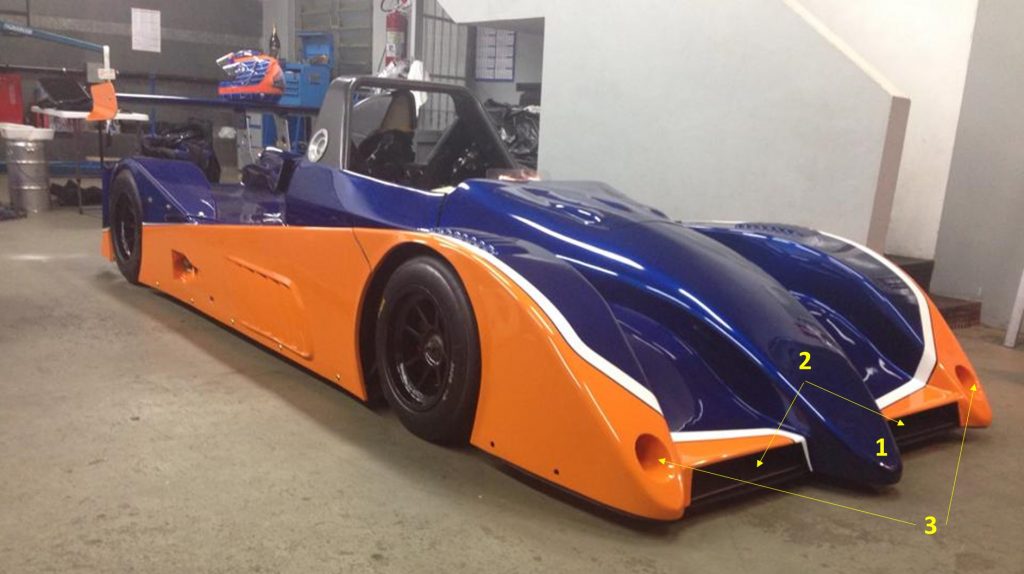
In the picture below we can see the finish of the internal air ducts (2a) that take the air to the radiators and the front brake cooling pipes (3a). In this image we can also see the suspension system, where the third element at the front stands out.
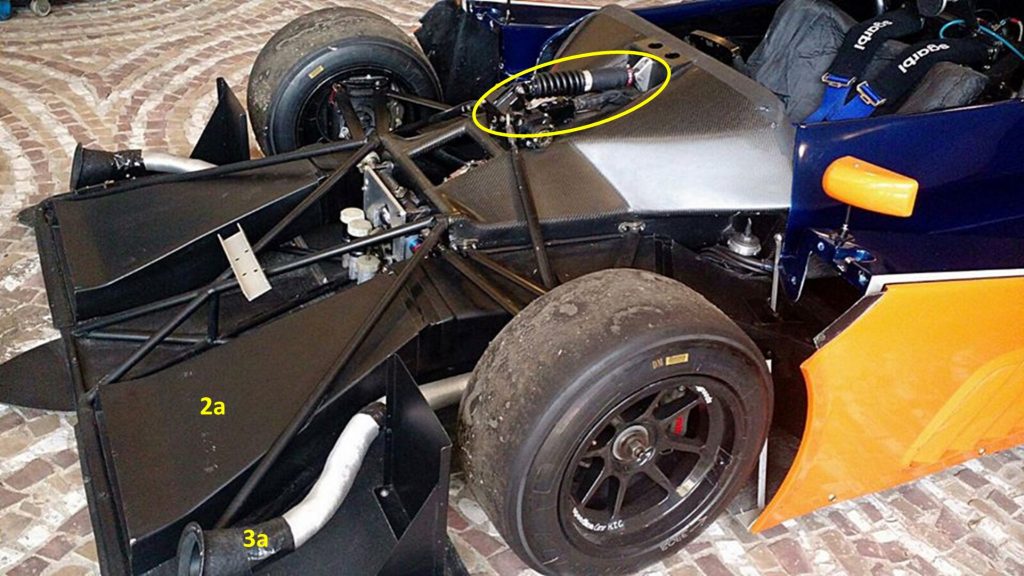
In this picture we can better see the path of the radiator ducts (2b), which ventilate through the side openings (5).
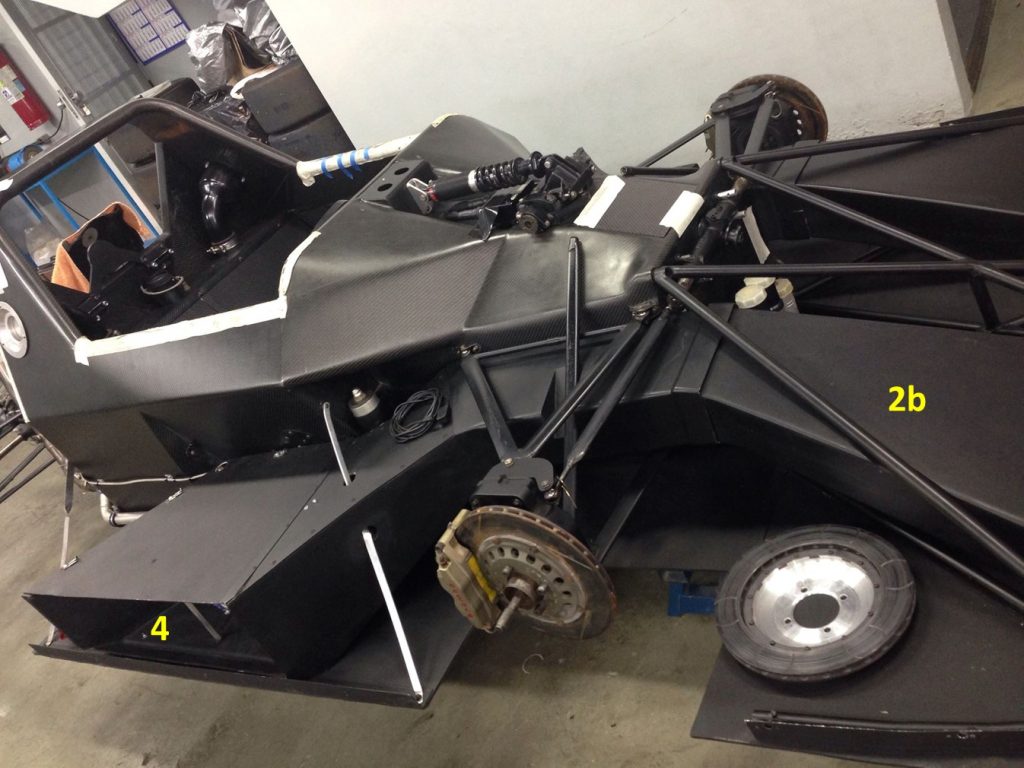
We can see that the radiator side outlets have louvers (5a) to optimize air flow, and the wheel arches are ventilated through louvers (4), while the air intake for the rear brakes is done through two NACA ducts (6). We can also see the 6-point roll hoop (7) and the rear wing with an element (8).
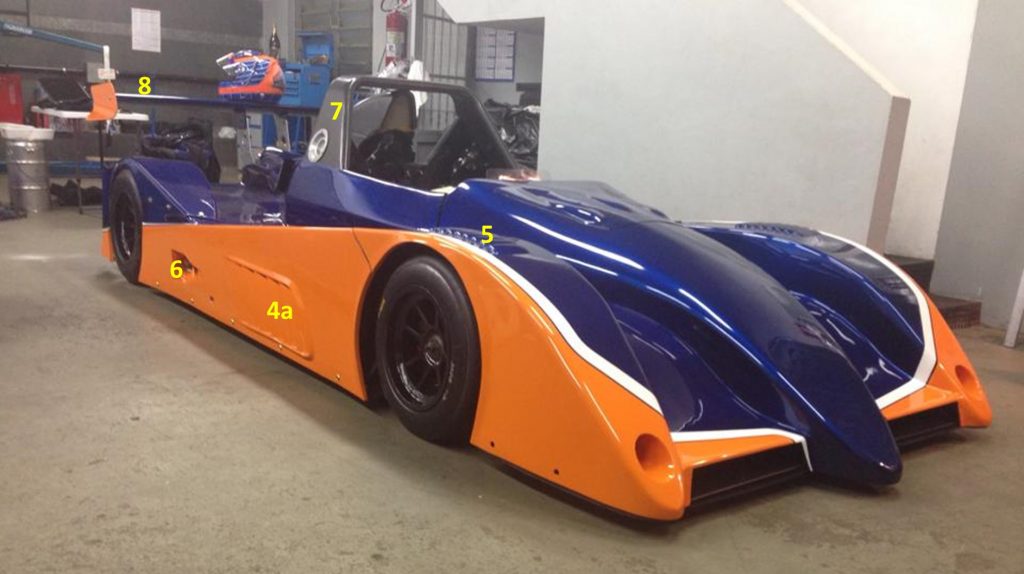
During the initial tests, the “lying down” position proved uncomfortable for pilot Urubatan Helou, leading to a redesign of the cockpit in search of a more comfortable vertical position. To allow some head clearance, we can see the addition of a reinforcement to the roll hoop (7a).
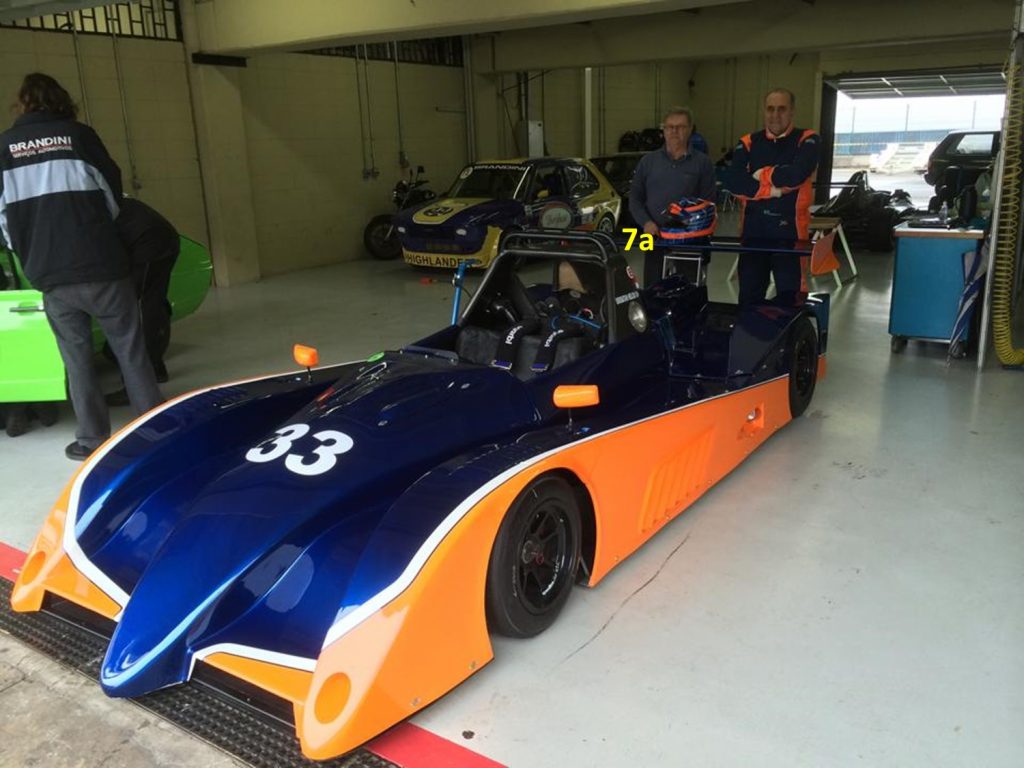
Moving to the rear, we can see that the rear diffuser begins its expansion just in front of the rear wheel (9) and we can see the Chevrolet V6 engine and the Hewland FTR transmission, with emphasis on the 6-2-1 type exhaust (10).
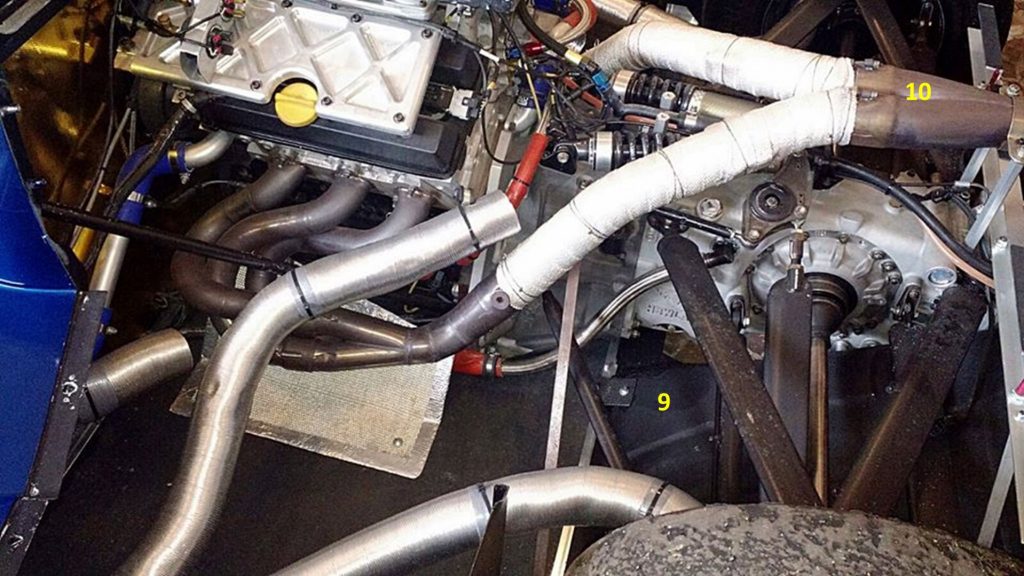
It is interesting to note the cutout on the rear wing support rod for fitting the exhaust pipe (11).
